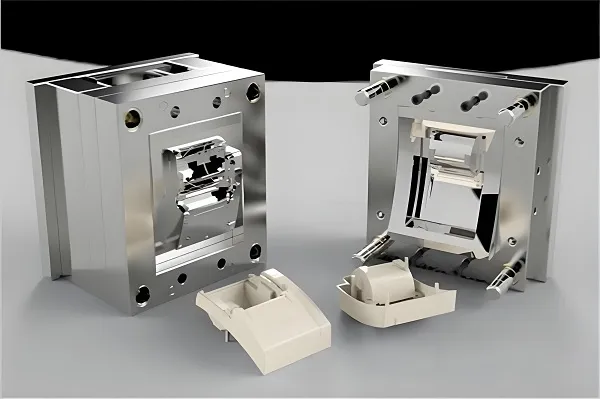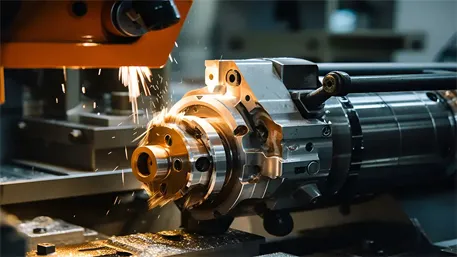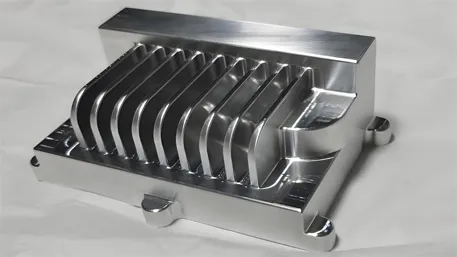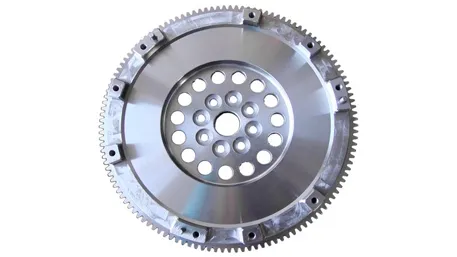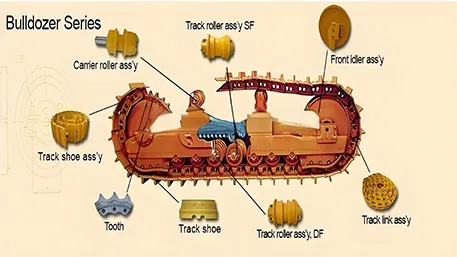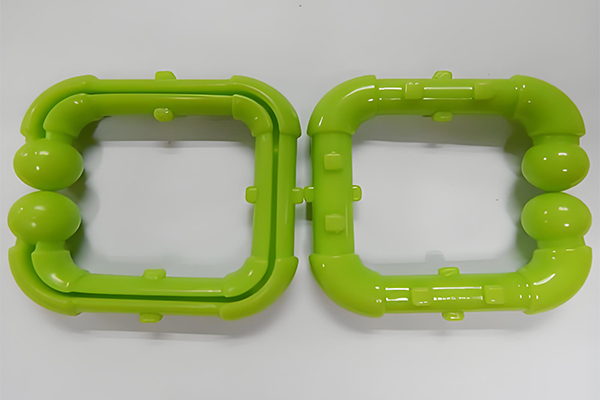In today’s era when the wave of intelligent manufacturing sweeps across the globe, CNC (Computer Numerical Control) technology, with its advantages of high precision, high flexibility, and intelligence, has become the core driving force of modern manufacturing. From complex parts in aerospace to precision components in consumer electronics, CNC machining customization technology is reshaping the industrial production landscape in a subversive way. This article will deeply analyze the core advantages of CNC technology, the logic of axis number selection, programming innovation, and future trends, helping you keep up with the pulse of the industry.
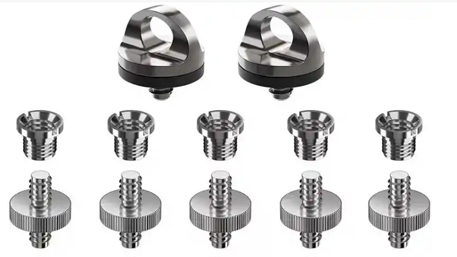
I. Three Core Competencies of CNC Technology
- The Revolution of Flexible Production
Traditional manufacturing relies on the adjustment of physical molds, while CNC achieves “one – click switching” through program instructions. Recently, an automatic loading and unloading device patent (CN 119612138 A) developed by a company in Hubei Province, through the integration of a magazine mechanism and a multi – axis displacement system, has realized the full – process automation from blank loading to finished product unloading. This has increased the loading and unloading efficiency of a single device by 70%, making it especially suitable for the mass production of complex workpieces such as new energy vehicle battery cases. - Micron – level Precision Assurance
Through a closed – loop control system and dynamic error compensation technology, modern CNC machine tools can achieve a repeat positioning accuracy of ±0.005mm. The ultra – precision five – axis tilting indexing turntable (CN 119141264 B) newly launched by Zhejiang Taijiu Precision Machinery, using a dual – axis synchronous drive technology, controls the rotational positioning error within ±1.5 arc – seconds, providing a hardware foundation for high – precision machining of aerospace blades, medical implants, etc. - Efficiency Multiplier
By adopting high – speed cutting (HSM) and adaptive machining strategies, the spindle speed of CNC equipment can reach 40,000 rpm, and the feed rate can exceed 60 m/min. The processing center (CN 119407557 B) for automotive metal parts developed by Liye Precision Industry, through optimizing the cutting path algorithm, has shortened the processing cycle of aluminum alloy cylinder blocks to 45 seconds per piece and extended the tool life by 30%.
II. The Techno – economics of Axis Number Selection
The number of axes determines the spatial motion dimensions of the machine tool, directly affecting the processing complexity and cost input:
The number of axes determines the spatial motion dimensions of the machine tool, directly affecting the processing complexity and cost input:
- 3 – axis Machine Tools: With X/Y/Z linear motions, they are suitable for basic processing such as planar milling and drilling. In the furniture manufacturing industry, when combined with a special tool magazine, they can achieve the mass production of cabinet components. The equipment cost is only 1/3 of that of 5 – axis models.
- 5 – axis Machine Tools: With the addition of A/C rotation axes, they can complete the processing of complex curved surfaces such as impellers and turbine blades. Applications in the aerospace field show that 5 – axis machining can reduce the clamping times by 60% and improve the form and position tolerance control accuracy by 5 times.
III. The Digital Design – Manufacturing Closed – loop
The deep integration of CAD/CAM technology is reconstructing the production process:
The deep integration of CAD/CAM technology is reconstructing the production process:
- Direct Machining Driven by 3D Models
Through the STEP – NC standard interface, 3D models from design software such as CATIA and SolidWorks can directly generate G – code, eliminating the conversion errors of traditional 2D drawings. After a mold enterprise implemented this solution, the product development cycle was compressed from 45 days to 28 days. - AI – assisted Programming
Machine learning algorithms can automatically optimize cutting parameters. The AI tool wear prediction system developed by igus has extended the tool life by 35% and reduced the processing energy consumption by 18%.
IV. Directions of Future Technological Breakthroughs
- Laser Composite Processing System
An integrated device of fiber laser cutting and CNC milling can achieve one – stop processing of metal sheets from blanking to forming. In the field of lithium – battery pole piece cutting, it has achieved a dimensional control accuracy of ±5μm. - Collaborative Operation of Industrial Robots
The linkage system of ABB dual – arm robots and CNC machine tools can complete auxiliary processes such as automatic workpiece loading and unloading and deburring. After being applied in an automotive factory, unmanned production has been realized, and the single – shift labor cost has decreased by 80%. - Digital Twin – driven Optimization
The virtual processing environment constructed by ANSYS Twin Builder can predict problems such as thermal deformation and vibration before physical production. A precision parts manufacturer has increased the first – piece qualification rate to 98.7% through this technology.
V. Practical Operation Optimization Guidelines
- Fixture Design Principles
Using a hydraulic expansion fixture to achieve uniform radial clamping, and combined with a zero – point positioning system, the workpiece replacement time can be controlled within 30 seconds. The flatness of the fixture bottom surface should be controlled within 0.01mm to ensure repeat positioning accuracy. - Process Parameter Optimization
For titanium – alloy materials, using high – pressure internal – cooling tools with a linear speed of 120 m/min can double the tool life. The golden ratio of feed rate to cutting depth should be 1:3 to balance efficiency and tool wear.
Conclusion
CNC technology is evolving from a simple processing tool to the core of intelligent manufacturing. With the deep empowerment of industrial Internet and AI technologies, future CNC systems will possess autonomous decision – making capabilities, realizing the full – process automation from order receipt to finished product delivery. Only by keeping up with the pace of technological iteration can enterprises seize the initiative in this precision manufacturing revolution.
CNC technology is evolving from a simple processing tool to the core of intelligent manufacturing. With the deep empowerment of industrial Internet and AI technologies, future CNC systems will possess autonomous decision – making capabilities, realizing the full – process automation from order receipt to finished product delivery. Only by keeping up with the pace of technological iteration can enterprises seize the initiative in this precision manufacturing revolution.

